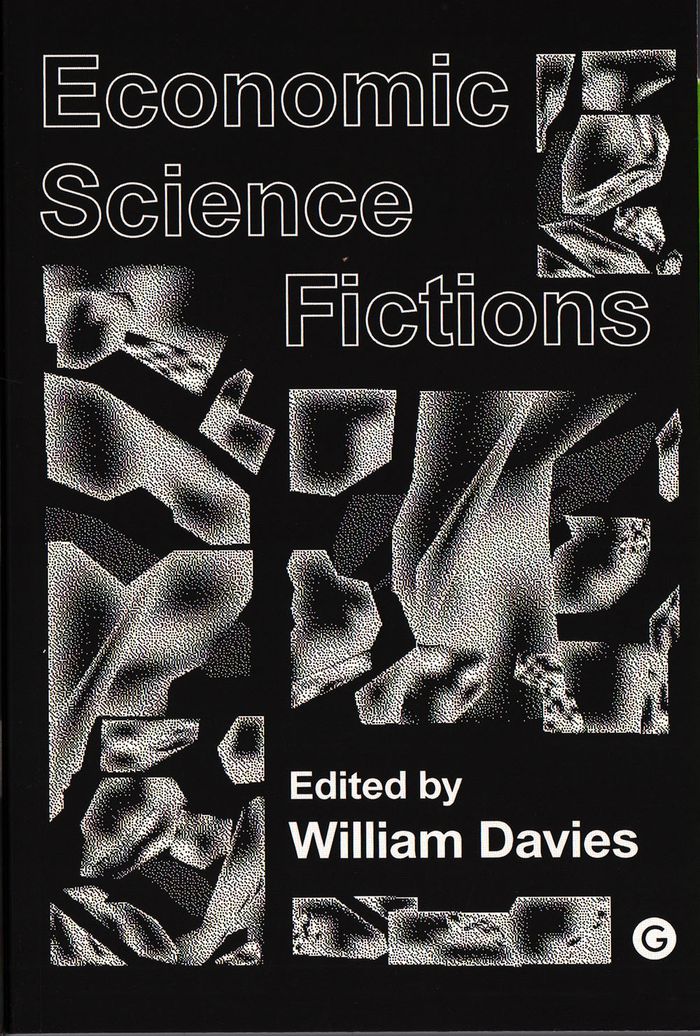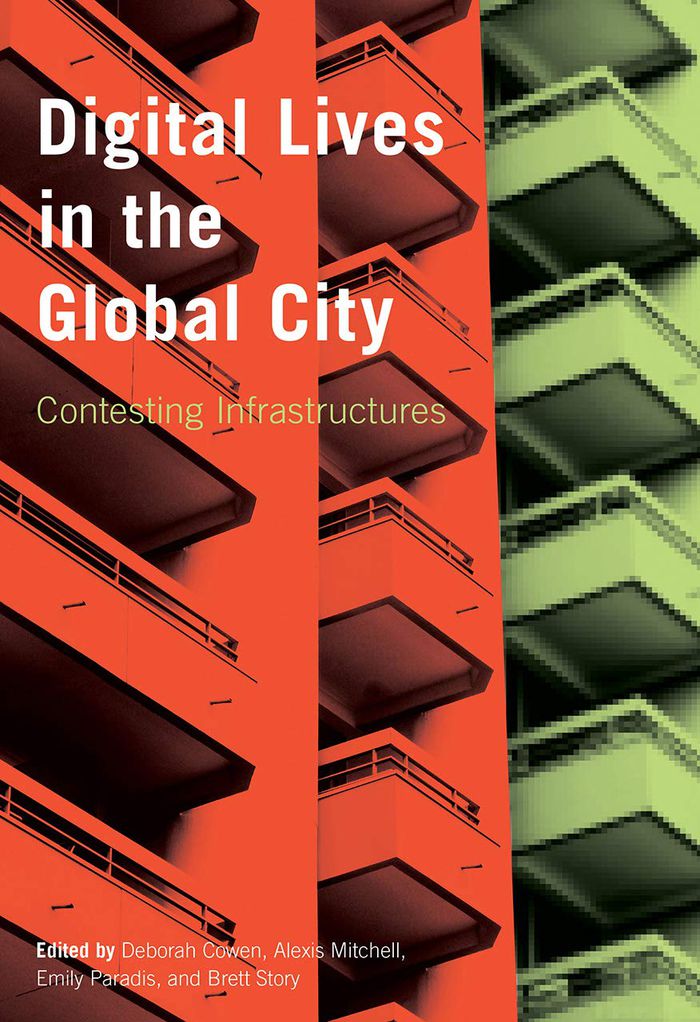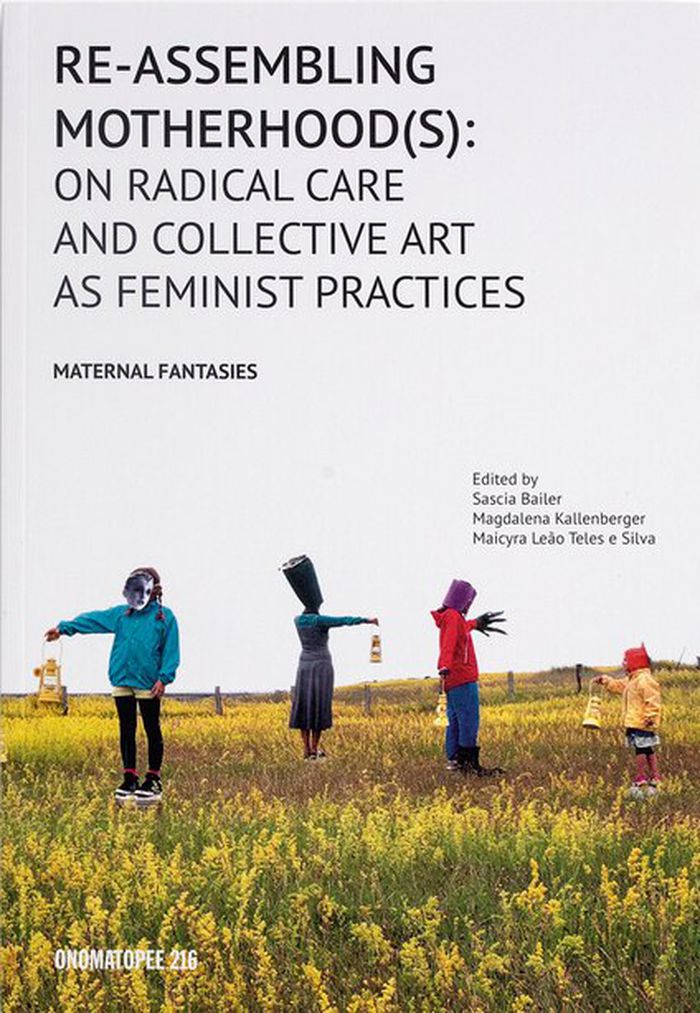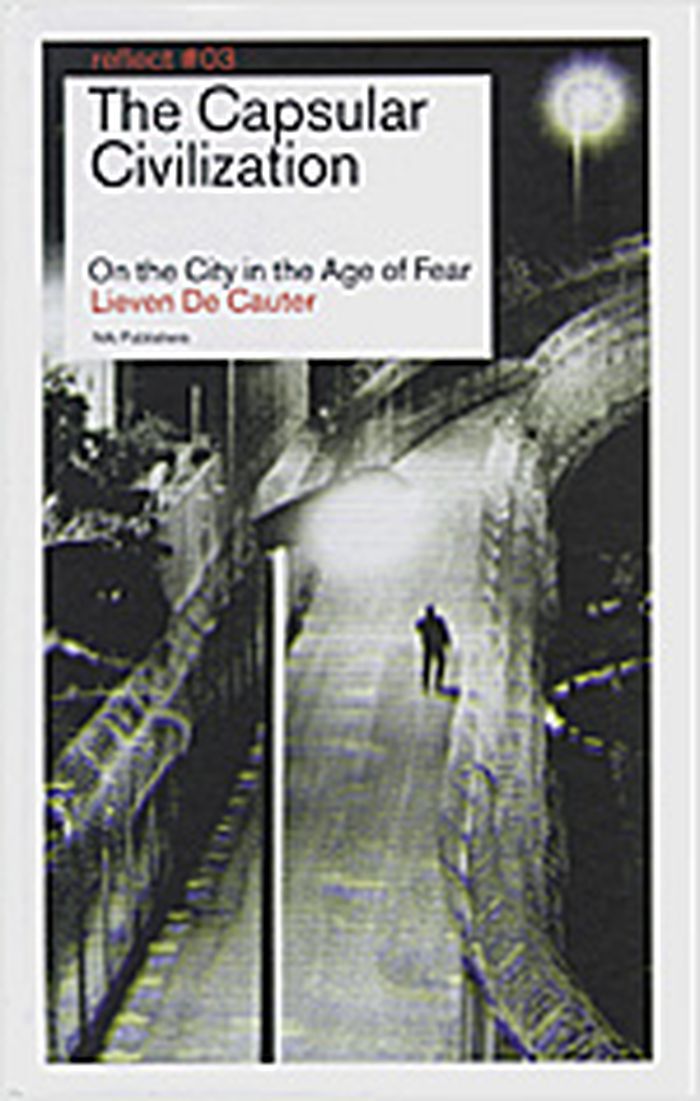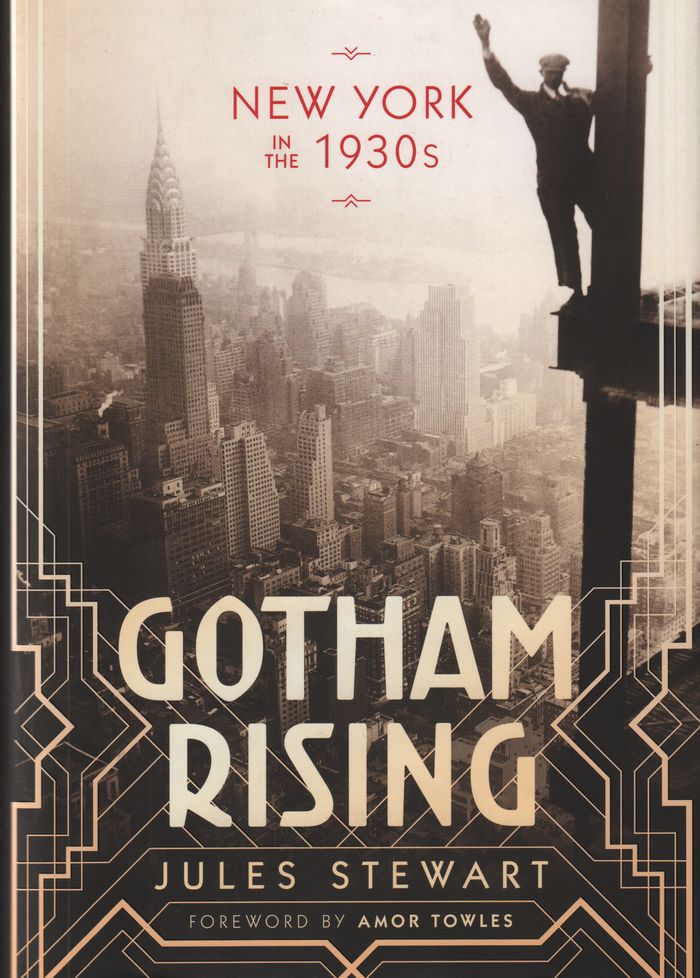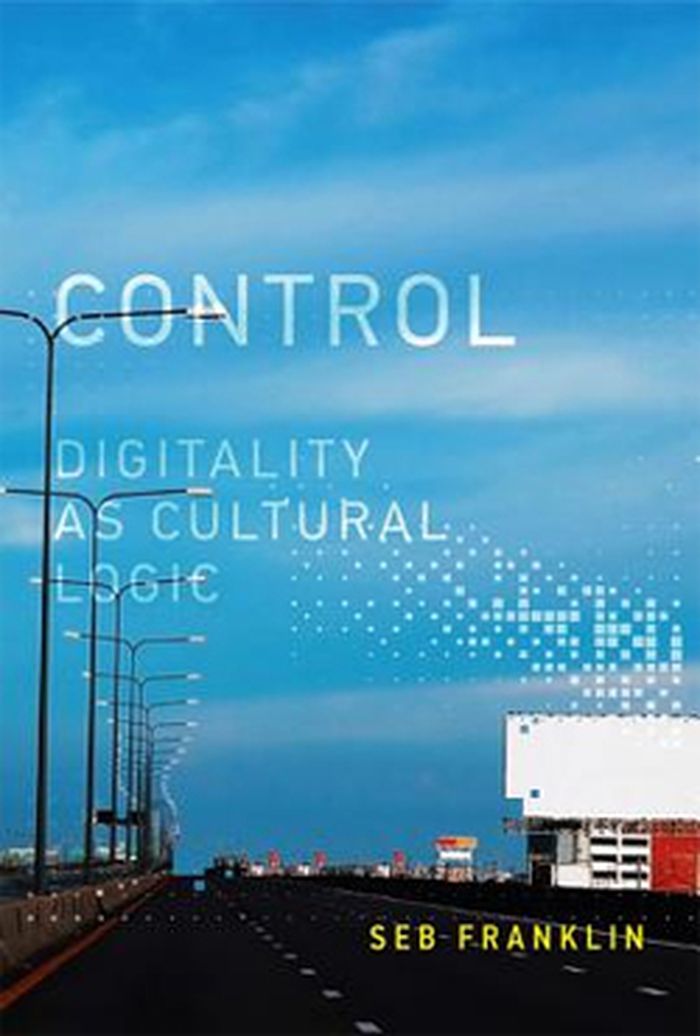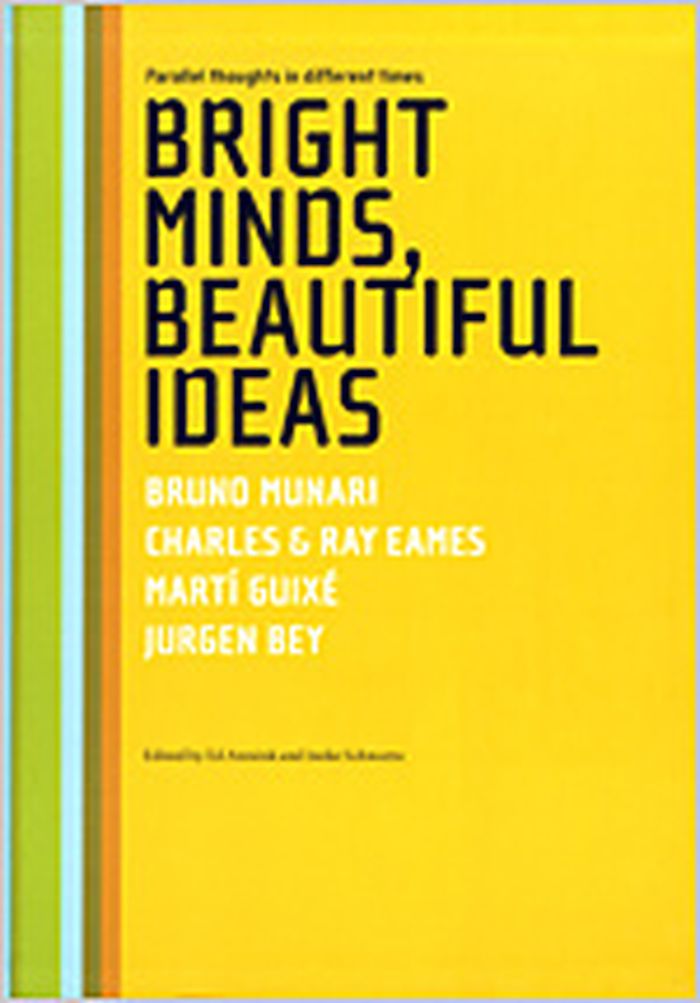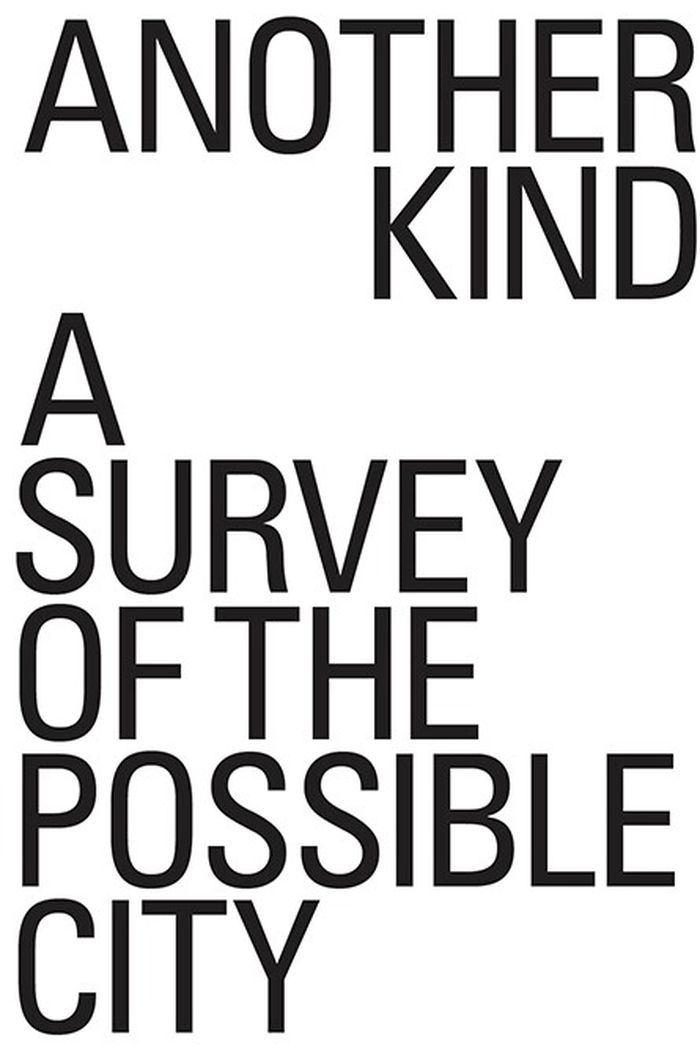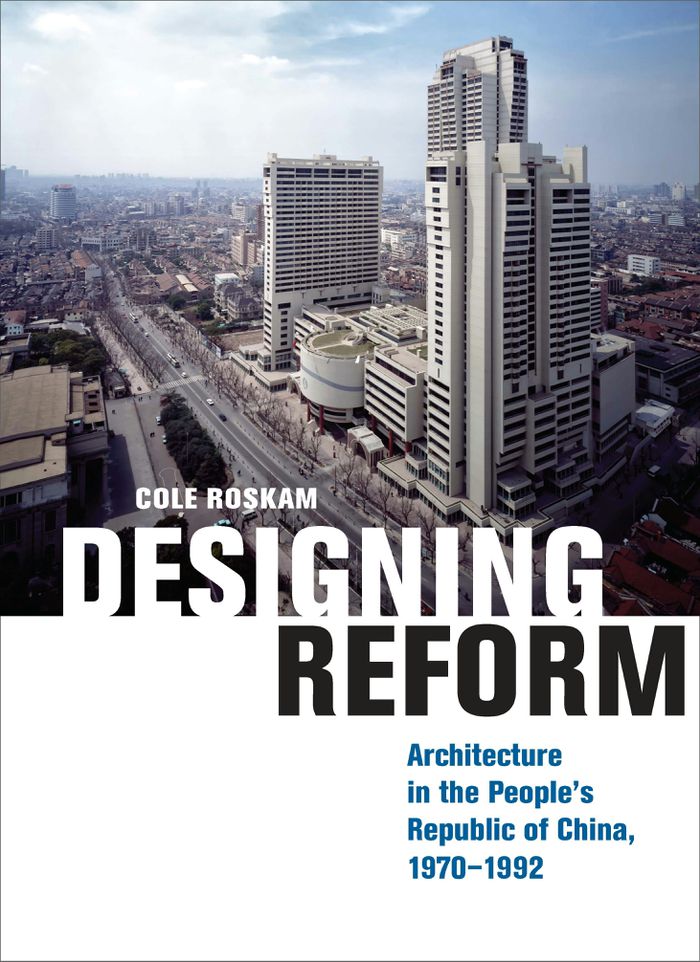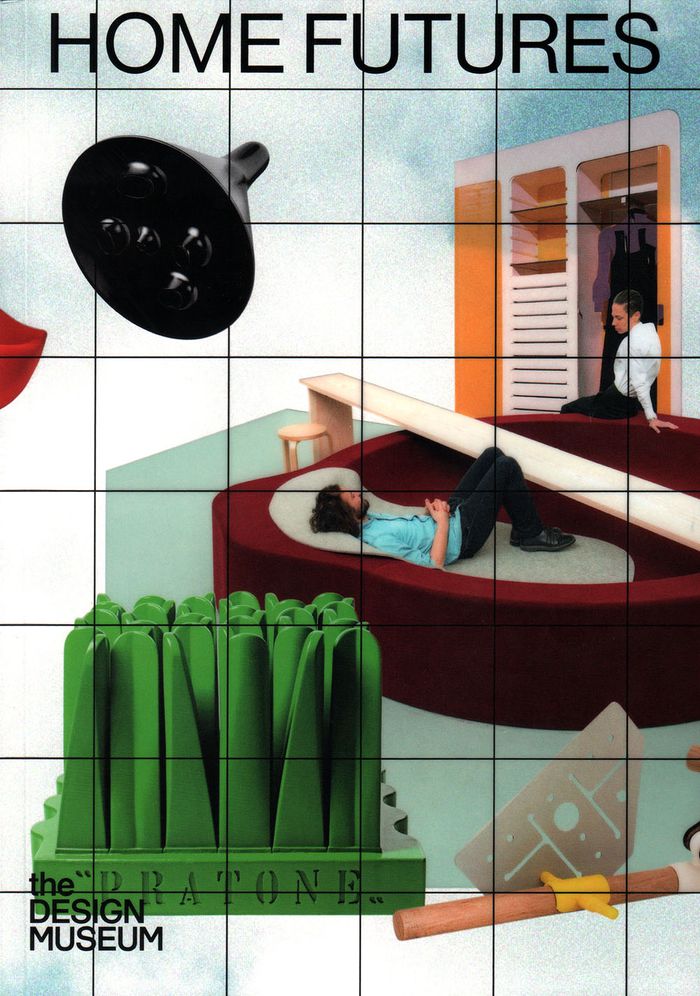Economic science fictions
$29.00
(available to order)
Summary:
From the libertarian economics of Ayn Rand to Aldous Huxley’s consumerist dystopias, economics and science fiction have often orbited each other. In "Economic Science Fictions", editor William Davies has deliberately merged the two worlds, asking how we might harness the power of the utopian imagination to revitalise economic thinking. Rooted in the sense that our current(...)
Economic science fictions
Actions:
Price:
$29.00
(available to order)
Summary:
From the libertarian economics of Ayn Rand to Aldous Huxley’s consumerist dystopias, economics and science fiction have often orbited each other. In "Economic Science Fictions", editor William Davies has deliberately merged the two worlds, asking how we might harness the power of the utopian imagination to revitalise economic thinking. Rooted in the sense that our current economic reality is no longer credible or viable, this collection treats our economy as a series of fictions and science fiction as a means of anticipating different economic futures. It asks how science fiction can motivate new approaches to economics and provides surprising new syntheses, merging social science with fiction, design with politics, scholarship with experimental forms.
Critical Theory
$39.95
(available to order)
Summary:
Digital technologies have changed the world, transforming how, where, and when we communicate, love, learn, produce, distribute, and consume. "Digital lives in the global city" examines those changes in the context of urban life, investigating how urban land, governance, and the economy are being remade by advancing communication technologies. Interspersing critical(...)
Urban Theory
November 2020
Digital lives in the global city: contesting infrastructures
Actions:
Price:
$39.95
(available to order)
Summary:
Digital technologies have changed the world, transforming how, where, and when we communicate, love, learn, produce, distribute, and consume. "Digital lives in the global city" examines those changes in the context of urban life, investigating how urban land, governance, and the economy are being remade by advancing communication technologies. Interspersing critical scholarship with provocative short works from non-tradtional authors to engage with a wide range of issues wrought by digital infrastructure, the book addresses such topics as struggles over unsafe and illegal buildings in Mumbai, the conditions of migrant work in Singapore, the question of digital debt in Toronto, and targeted policing in New York. This nuanced exploration reveals the profound connections between digital technologies and the social life of global cities.
Urban Theory
$34.00
(available in store)
Summary:
This publication invites the reader to learn about and from Maternal Fantasies ´ feminist research and collective artistic practice on motherhood(s), care work and representation in the arts. Composed of seven interdisciplinary artists / mothers and ten children, Maternal Fantasies takes the social invisibility of the maternal experience as a point of departure to produce(...)
Contemporary Art Monographs
November 2021
Re-assembling motherhood(s): On radical care and collective art as feminist practices
Actions:
Price:
$34.00
(available in store)
Summary:
This publication invites the reader to learn about and from Maternal Fantasies ´ feminist research and collective artistic practice on motherhood(s), care work and representation in the arts. Composed of seven interdisciplinary artists / mothers and ten children, Maternal Fantasies takes the social invisibility of the maternal experience as a point of departure to produce films, images, and performances of fantastical visibility. Through personal writing exercises and collective performance scores, they align themselves with ancestral figures of feminist discourses and artmaking, in order to establish new vocabularies and narratives around the maternal for future generations. As both a handbook and an archive of feminist artmaking, this publication (re-)assembles maternal experiences, reflective essays, autobiographical writing, instructional scores, selected artworks, and a manifesto for a caring economy.
Contemporary Art Monographs
$34.00
(available to order)
Summary:
Since September 11, the war on terrorism, and the war in Iraq, it has been almost impossible to dissociate architecture from its social context. Add to this the massive influence of capitalism on architecture, disturbing demographic developments, and associated political, social, and ecological catastrophes, and the result is a robotic snapshot of a society dominated by(...)
The capsular civilization : on the city in the age of fear
Actions:
Price:
$34.00
(available to order)
Summary:
Since September 11, the war on terrorism, and the war in Iraq, it has been almost impossible to dissociate architecture from its social context. Add to this the massive influence of capitalism on architecture, disturbing demographic developments, and associated political, social, and ecological catastrophes, and the result is a robotic snapshot of a society dominated by fear, exclusion, and simulation. Lieven De Cauter, a leading theoretician on the subject of capsularisation, has worked over the past six years on the essays and articles contained in this book, and has documented and analyzed our changing societies before and after 9/11. For the first time, the link between the global economy, demographic changes, world terror, and the role played by the United States under the Bush admisinstration, are examined in detail in a single publication. De Cauter sketches a realistic and alarming account of the new world order that is an everyday concern for the architects and planners of the contemporary city as well as for its inhabitants and users.
Urban Theory
$37.95
(available to order)
Summary:
Jules Stewart tells the story of an iconic city in a time of change. After the roaring twenties, the catastrophic Wall Street Crash and ensuing Depression seemed to spell disaster for the vibrant city. Yet, in this era, New York underwent an architectural, economic, social and creative renaissance under the leadership of the charismatic mayor Fiorello La Guardia. After(...)
Gotham rising: New York City in the 1930s
Actions:
Price:
$37.95
(available to order)
Summary:
Jules Stewart tells the story of an iconic city in a time of change. After the roaring twenties, the catastrophic Wall Street Crash and ensuing Depression seemed to spell disaster for the vibrant city. Yet, in this era, New York underwent an architectural, economic, social and creative renaissance under the leadership of the charismatic mayor Fiorello La Guardia. After seizing power, he declared war on the mafia mobs running vast swathes of the city, attacked political corruption and kick-started the economy through a variety of construction and infrastructure projects. In culture, this was the age of the Harlem Renaissance championed by writers like Langston Hughes, the jazz age with the advent of Tin-Pan Alley, the Cotton Club and immortals such as Duke Ellington making his name in the Big Apple.
Urban Theory
$48.00
(available to order)
Summary:
Is there a cultural logic of what we have come to call the information age? Have the technologies and techniques centered on the computer provided not only tools but also the metaphors through which we now understand the social and economic formation of our world? In Control, Seb Franklin addresses the conditions of knowledge that make the concept of the "information(...)
Control: digitality as cultural logic
Actions:
Price:
$48.00
(available to order)
Summary:
Is there a cultural logic of what we have come to call the information age? Have the technologies and techniques centered on the computer provided not only tools but also the metaphors through which we now understand the social and economic formation of our world? In Control, Seb Franklin addresses the conditions of knowledge that make the concept of the "information economy" possible while at the same time obscuring its effects on material social spaces. In so doing, Franklin traces three intertwined threads: the relationships among information, labor, and social management that emerged in the nineteenth century; the mid-twentieth-century diffusion of computational metaphors; and the appearance of informatic principles in certain contemporary socioeconomic and cultural practices. Drawing on critical theory, media theory, and the history of science, Franklin names control as the episteme grounding late capitalism. Beyond any specific device or set of technically mediated practices, digitality functions within this episteme as the logical basis for reshaped concepts of labor, subjectivity, and collectivity, as well as for the intensification of older modes of exclusion and dispossession. In tracking the pervasiveness of this logical mode into the present, Franklin locates the cultural traces of control across a diverse body of objects and practices, from cybernetics to economic theory and management styles, and from concepts of language and subjectivity to literary texts, films, and video games.
Archive, library and the digital
$63.00
(available to order)
Summary:
The world of design is in confusion. The market suffers from a surplus of products, designers and companies, the majority of which are imitations and epigones that constantly supplant each other. Distinctions between separate disciplines are becoming increasingly blurred, labels merge with one another and design studios go bankrupt. Old and new values clash. The world(...)
Bright minds, beautiful ideas : parallel thoughts in different times
Actions:
Price:
$63.00
(available to order)
Summary:
The world of design is in confusion. The market suffers from a surplus of products, designers and companies, the majority of which are imitations and epigones that constantly supplant each other. Distinctions between separate disciplines are becoming increasingly blurred, labels merge with one another and design studios go bankrupt. Old and new values clash. The world economy has been plunged into recession while interest for local aspects is on the rise. High time for a rethink on the role of the designer and the meaning of design. What is an actual and true contemporary attitude to design - what is contemporary design? These are questions posed by "Bright Minds, Beautiful Ideas" , an inspiring and brainstorming book that through the imagination and handiwork of four innovative and influential designers, sketches a perspective for today (and possibly the future). Despite differences in background and the date of their oeuvre, Bruno Munari (Italy 1907-1998), Charles and Ray Eames (USA 1907-1978 and 1912-1988), Martí Guixé (Spain 1964) and Jurgen Bey (the Netherlands 1965), share a number of characteristics that are of fundamental importance for design. They question everything and are capable of coupling fantasy, playfulness and investigation with vision. They link culture to economy and science and match curiosity and openness with social commitment and action. Their work and vision are timeless and yet contemporary. "Bright Minds, Beautiful Ideas" is a vital book that gives a sparkling singular perspective of roles, values and functions of designers and design.
Interior Design
$56.00
(available to order)
Summary:
The last decade has seen an accelerated evolution of typologies. Today’s cities are marked by a growing digital presence and the emergence of a global sharing economy; shared spaces have increased our social and sustainable focus, drastically altered our understanding of ownership and responsibility, and redefined our experience of public and private domains. Such changes(...)
Urban Theory
January 2021
Another kind: a survey of the possible city
Actions:
Price:
$56.00
(available to order)
Summary:
The last decade has seen an accelerated evolution of typologies. Today’s cities are marked by a growing digital presence and the emergence of a global sharing economy; shared spaces have increased our social and sustainable focus, drastically altered our understanding of ownership and responsibility, and redefined our experience of public and private domains. Such changes have in turn rewritten the demands on architecture, the role of the designer, and the power of the profession. In 'Another Kind', PLP Architecture presents ten projects as case studies to examine the emergence of a new typological fluidity. These projects serve as anchors to survey the cultural landscape of the past ten years. Projects can no longer be traditionally codified and instead present themselves as assemblages of exterior influences, new cultural interests, and 21st century social habits. In 'Another Kind', projects are intertwined with essays by cultural observers both within and outside of the discipline. Through this multi-layered infrastructure and pluralistic dissection, Another Kind cracks the surface and explores the contents of architecture today. Marking this moment in time, PLP examines how we have evolved and speculates on what we can learn for the years that lie ahead.
Urban Theory
$86.95
(available in store)
Summary:
n the years following China’s Cultural Revolution, architecture played an active role in the country’s reintegration into the global economy and capitalist world. Looking at the ways in which political and social reform transformed Chinese architecture and how, in turn, architecture gave structure to the reforms, Cole Roskam underlines architecture’s unique ability to(...)
Designing reform: architecture in the People's Republic of China, 1970-1992
Actions:
Price:
$86.95
(available in store)
Summary:
n the years following China’s Cultural Revolution, architecture played an active role in the country’s reintegration into the global economy and capitalist world. Looking at the ways in which political and social reform transformed Chinese architecture and how, in turn, architecture gave structure to the reforms, Cole Roskam underlines architecture’s unique ability to shape space as well as behavior. Roskam traces how foreign influences like postmodernism began to permeate Chinese architectural discourse in the 1970s and 1980s and how figures such as Kevin Lynch, I. M. Pei, and John Portman became key forces in the introduction of Western educational ideologies and new modes of production. Offering important insights into architecture’s relationship to the politics, economics, and diplomacy of post-Mao China, this unprecedented interdisciplinary study examines architecture’s multivalent status as an art, science, and physical manifestation of cultural identity.
$67.50
(available to order)
Summary:
The “home of the future” has long been a topic of fascination in popular culture and an intriguing prospect for designers, and the 20th century offered up countless visions of the future of domestic life, from the aspirational to the radical. Whether it was the dream of the fully mechanized home or the notion that technology might free us from the home altogether, the(...)
April 2019
Home futures: living in yesterday's tomorrow
Actions:
Price:
$67.50
(available to order)
Summary:
The “home of the future” has long been a topic of fascination in popular culture and an intriguing prospect for designers, and the 20th century offered up countless visions of the future of domestic life, from the aspirational to the radical. Whether it was the dream of the fully mechanized home or the notion that technology might free us from the home altogether, the domestic realm was a site of endless invention and speculation. But what happened to those visions? Are the smart homes of today and patterns of use in the sharing economy the future that architects and designers once predicted, or has the “home” proved resistant to radical change? "Home Futures: Living in Yesterday’s Tomorrow" explores different approaches to reinventing domestic life, tracing the social and technological developments that have driven change in the home.
